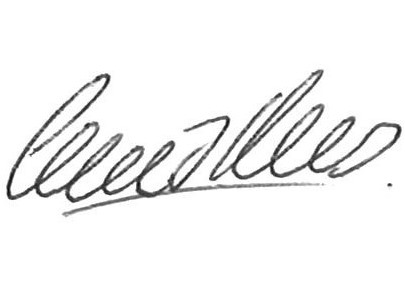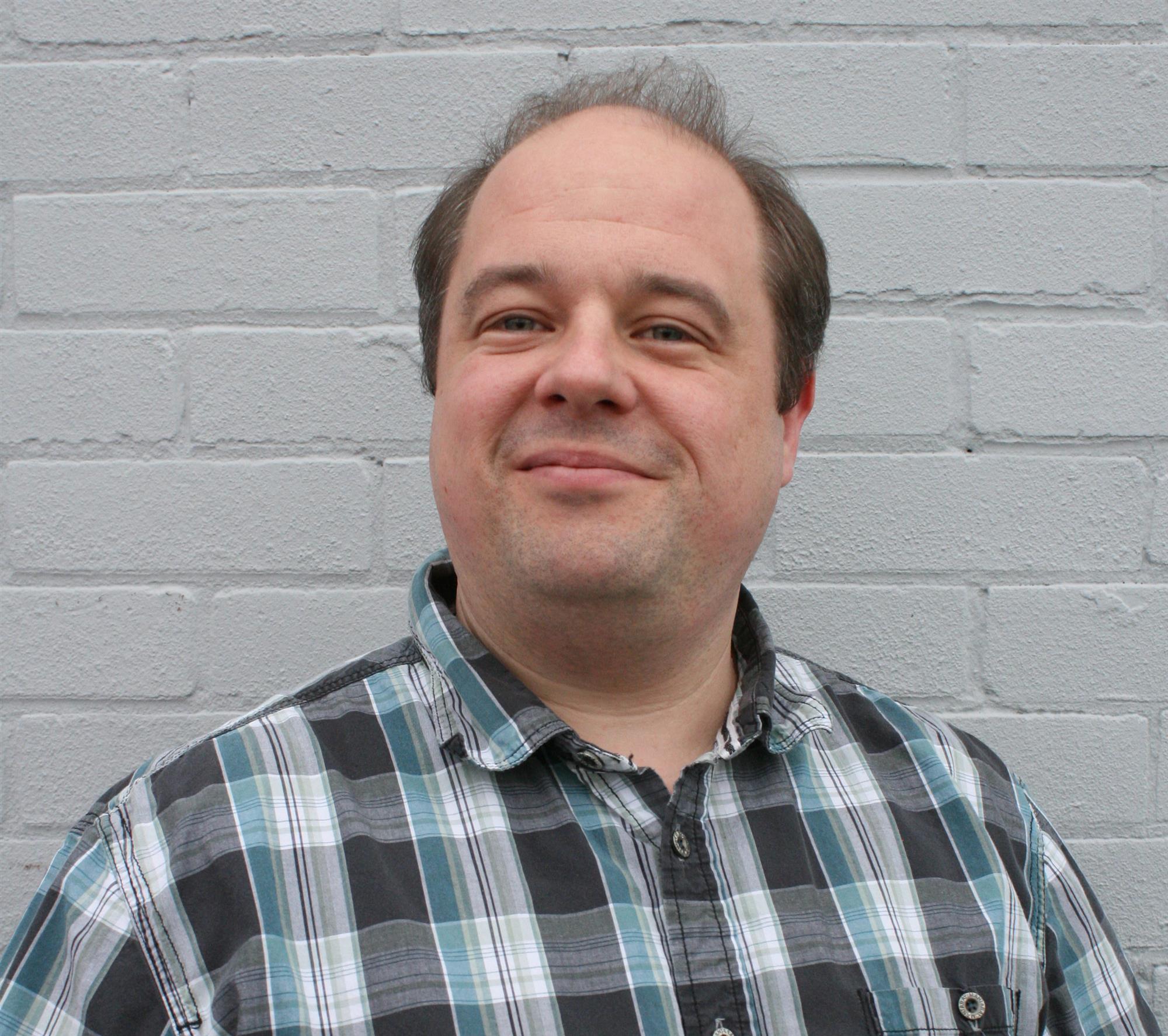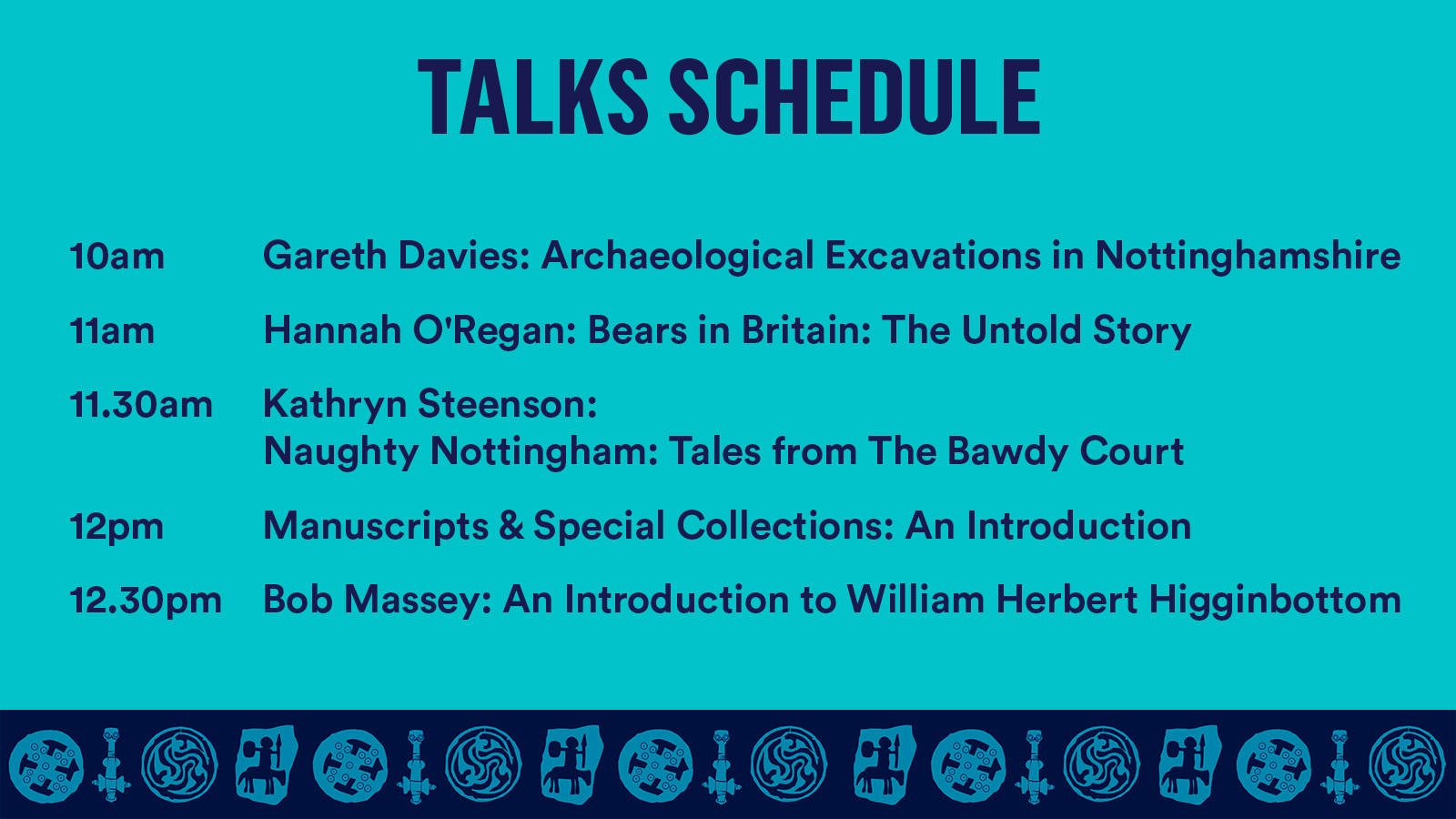The talks begin with my own recent archaeological finds made by Trent & Peak Archaeology in Nottingham. For such an important historic centre, Nottingham has maybe been under-interpreted archaeologically. This is possibly due to the fact that many previous excavations, including those undertaken between 1968 and 1980, remain unpublished. However, thanks to increased planning control on development in the last few years, we have seen a number of new excavations. Choice findings from these include the Franciscan Friary beneath the Broadmarsh Car Park, medieval industrial remains on London road and, of course, a number of finds made during the Nottingham Castle redevelopment. These new finds highlight a number of interesting research themes and the need for a formal archaeological research strategy for the city. This is the subject of an article in the latest edition of the Thoroton Society Journal by myself and colleagues at Trent & Peak, the University and the City Council.
The festival talks continue with Hannah O'Regan of the University of Nottingham's Classics and Archaeology Department, who has been researching the archaeological evidence for bears in Britain. Bear remains are found from Mesolithic period onwards but only at a small number of sites. A number of the sites are presently undated, therefore Hannah is trying to date them using radiocarbon dating. Where sites are dated, an early prehistoric date is often forthcoming (e.g. Reynards Cave, Peak District), although the latest, from Kinsey Cave, is dated to AD420-61). The various retrieved bones suggest that bears may have been wandering the landscape in the Mesolithic/Neolithic periods, but that this did not continue into the Bronze Age. By the Iron Age, bears are only present in the archaeological record as claws within cremations, but all body parts are again present in the Roman period, suggesting the presence of live, perhaps imported, animals. In the Early Medieval period, jaws and claws perhaps suggest the trade of bear skins. By the later medieval period all body parts are again present and bears were exploited for entertainment (e.g. bear baiting). Hannah’s research into bears also looks in more detail at the historic portrayal of bears, and the use of bear products. In Britain today bears are commonly anthropomorphised (e.g. Paddington bear), but they have also been perceived as both tamed pets and wild beasts.
Our third talk is by Kathryn Steenson, an archivist at the Manuscripts and Special collections department at The University of Nottingham. Kathryn’s talk, entitled Naughty Nottingham, looks at the Church court records of the Archdeaconry of Nottingham. The church court had enormous power in the 17th and 18th century, adjudicating not on criminal cases but on moral issues, notably cases of sexual indiscretion such as fornication (hence the moniker, ‘the bawdy court’). Punishments often comprised forced confession in front of a congregation. The material held by the university contains a huge amount of important social and family history, and includes documents such as investigation evidence, witness statements, court notes and judgements. Outside of Coronavirus conditions, the records are available to view to the public and there are also many website resources. Kathryn highlights one of the more colourful cases, from 1732, of a former Army drummer, Robert Boyle, who rented a room in White Lion pub in Nottingham from 1727. Flamboyant and social, he told tall tales of his inheritance, which encouraged an acquaintance to propose his daughter for marriage to Robert. However, following the marriage, Boyle immediately did a runner with a £150 dowry! I won’t give the game away, but suffice to say the court investigation establishes that this was not the first time that this sort of thing had happened...
This is followed by a talk by the Manuscripts team at the University of Nottingham who introduce us to the archives, filmed especially for the festival.
The concluding talk is by Bob Massey, an Arnold resident and local historian, who discusses his hero William Higginbotham (1868-1929). A relative unknown, Higginbotham was the prolific architect of a number of significant buildings in and around Nottingham. Born in Leeds, and the son of a schoolmaster, William grew up in Arnold and attended University College Nottingham. He designed a large number of buildings from small terraces to mansions, but also war memorials, halls, churches, cinemas, factories, libraries, schools, shops, clubs and even snooker halls. Bob gives us a a fascinating account of this individual and his family. For those of you keen to follow up, Bob has recently published a book on this topic, called A family of Educators and Architects.
I hope you enjoy the talks, let’s hope that next year we can all experience them in person.
|
Kind regards,

Dr. Gareth Davies, MCIfA
Regional Director
Trent & Peak Archaeology, Nottingham
|
 |

This year's festival will take place online for the very first time.
We invite you to enjoy talks, read about local groups and recent historical and archaeological projects, or engage with a fun activity for children on Saturday 20 June.
Check the festival page to join in the fun!
